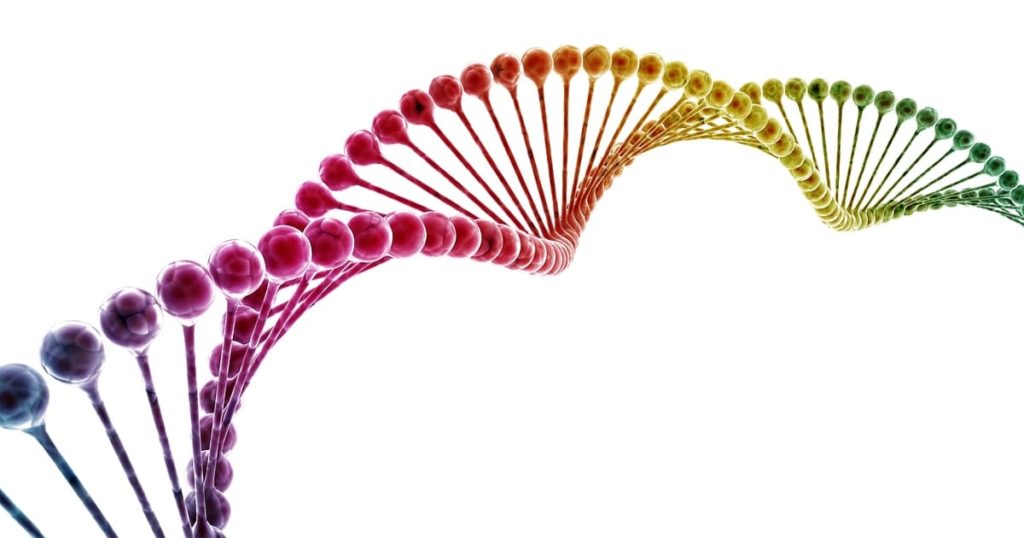What is excessive drinking? If you follow public health discussions on the risks of alcohol consumption, or have simply seen headlines addressing the topic, you may be asking yourself what is considered “excessive drinking.” In the U.S., the guidelines used to define this dangerous pattern of alcohol intake — also known as heavy drinking — come largely from a federal agency called the National Institute on Alcohol Abuse and Alcoholism, or NIAAA. Let’s take a closer look at how the NIAAA defines excessive drinking and relatively safe moderate drinking.
The NIAAA and Moderate Drinking
All alcohol consumption potentially poses some risk to your health. That’s because alcohol is toxic to the human body, and even short-term consumption of more than roughly one standard drink per hour can have a harmful effect. Despite this fact, millions of Americans consume alcohol every day, and public health officials must create policies and guidelines that reduce the risks for alcohol-related harm in the general population as much as possible. In line with this thinking, the NIAAA has identified and clearly defined specific patterns of drinking that decrease or increase your chances of experiencing serious alcohol-related harms. The first of these patterns is low-risk or moderate drinking. Men follow the criteria for moderate drinking when they do two things:
- Avoid consuming more than four standard servings of alcohol on any given day, and
- Avoid consuming more than 14 standard servings of alcohol per week
Women follow the criteria for moderate drinking when they:
- Avoid consuming more than three standard alcohol servings on any given day, and
- Avoid consuming more than seven standard alcohol servings per week
Only roughly 2% of all people who stick to these guidelines will ever develop diagnosable symptoms of alcoholism or non-addicted alcohol abuse. Still, some individuals may need to drink even less, or not drink at all, to steer clear of diagnosable alcohol problems.
The NIAAA and Excessive Drinking
We now circle back to our original question: What is excessive drinking? The NIAA actually uses the terms “at-risk drinking” and “heavy drinking” to describe this pattern of alcohol intake. As with the definitions for moderate drinking, the definitions for excessive drinking vary according to gender. Men cross the line from moderate intake to heavy intake whenever they:
- Drink more than four standard alcohol servings on a given day, or
- Drink more than 14 standard alcohol servings per week
Women cross the same line whenever they:
- Drink more than three standard servings of alcohol on a given day, or
- Drink more than seven standard servings of alcohol per week
Excessive drinking is called at-risk drinking mainly because it significantly boosts your chances of developing diagnosable alcohol problems. If you drink heavily just once a month, your long-term risks for these problems rise from a mere 2% to 20%. If you drink heavily once per week, your risks rise to 30%. If you drink heavily at least twice per seven days, your chances of developing alcoholism or serious, non-addicted alcohol abuse at some point in your life reach fully 50%.
The NIAAA and Binge Drinking
The definition for at-risk drinking also includes a practice called binge drinking, which involves consumption of enough alcohol in roughly two hours to reach or exceed the threshold for legal drunkenness. Binge-drinking men consume at least five alcohol servings in this short interval, while binge-drinking women consume at least four servings. If you binge on alcohol just once, you expose yourself to potentially severe harm, including accident-related injuries, sexual assaults, physical assaults and alcohol poisoning. In addition to diagnosable alcohol problems, the list of harms associated with ongoing binge drinking includes heart and blood vessel damage, nerve damage and liver damage. If you or a loved one struggles with binge drinking, consider seeking treatment for alcohol abuse. Sources National Institute on Alcohol Abuse and Alcoholism: Drinking Levels Defined https://www.niaaa.nih.gov/alcohol-health/overview-alcohol-consumption/moderate-binge-drinking National Institute on Alcohol Abuse and Alcoholism – Rethinking Drinking: How Much Is Too Much? https://www.rethinkingdrinking.niaaa.nih.gov/How-much-is-too-much/Default.aspx Centers for Disease Control and Prevention: Fact Sheets – Binge Drinking https://www.cdc.gov/alcohol/fact-sheets/binge-drinking.htm






